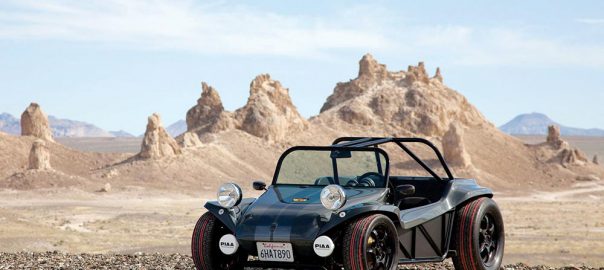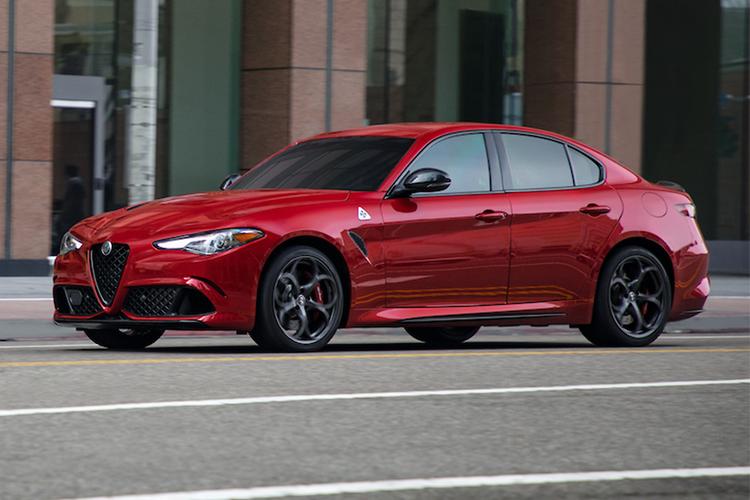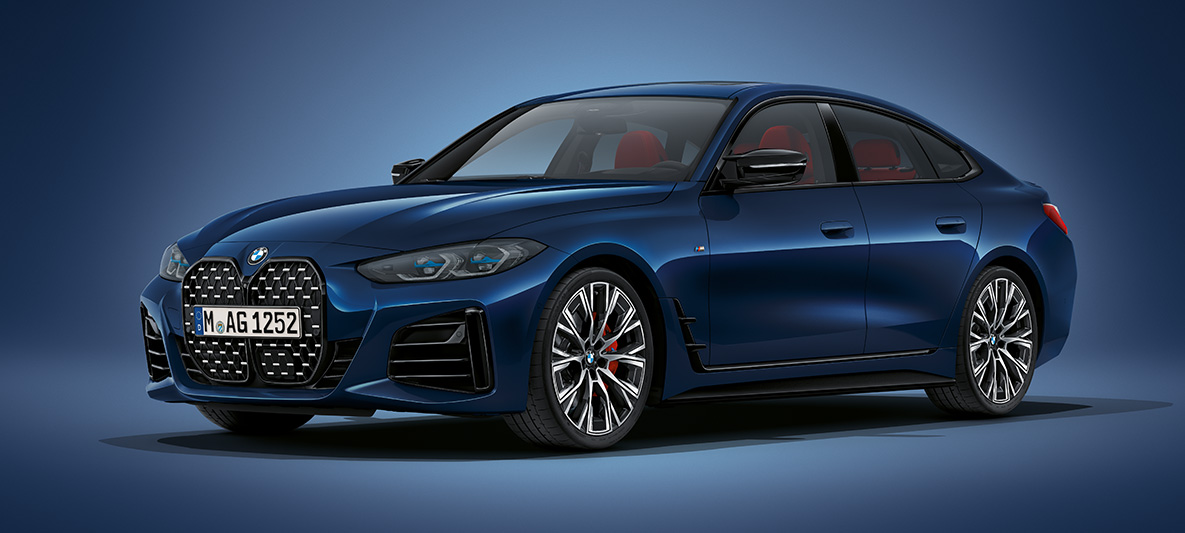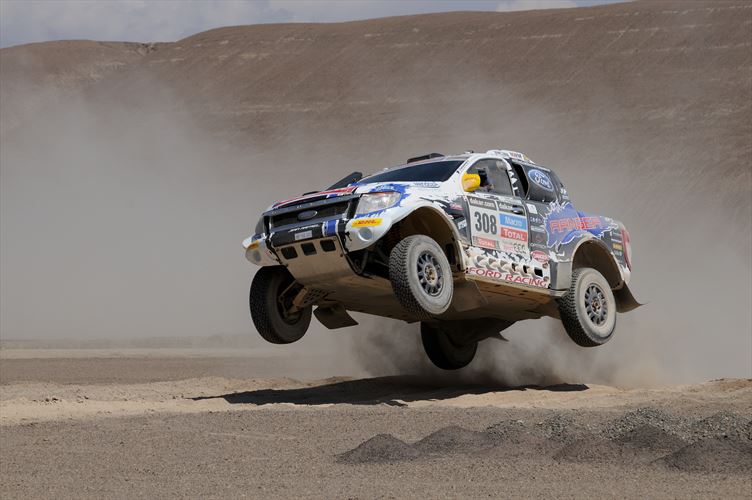How do you update a classic without ruining its essence? This 1970 Meyers Manx Dune Buggy manages to be both modern and timeless.
The term ‘dune buggy’ has become a catchall name for just about any little open-topped, open-wheeled recreational vehicle. When anoraks refer to a dune buggy, however, they usually mean the Manx created by Bruce Meyers. Meyers didn’t quite invent the concept, but for many, a Manx is the quintessential buggy. Having built boats from fibreglass, Meyers applied the same idea to dune buggies, and created a light and fun little recreational vehicle that was surprisingly capable off-road.
Now, while there is a certain retro coolness to a Manx buggy, some would argue that it is a bit dowdy by modern standards; more children’s toy than race car. Enter Derek Jenkins and his very modern Manx. Jenkins is a true petrolhead. He’s worked as Volkswagen’s chief designer at the company’s California Design Centre and as Mazda America’s director of design. He grew up in the southern California scene, where the Manx was adored, and indeed, it’s clear that he’s used the dune buggy as inspiration on occasion. His 2004 Volkswagen Concept T was a clever update of the buggy idea.
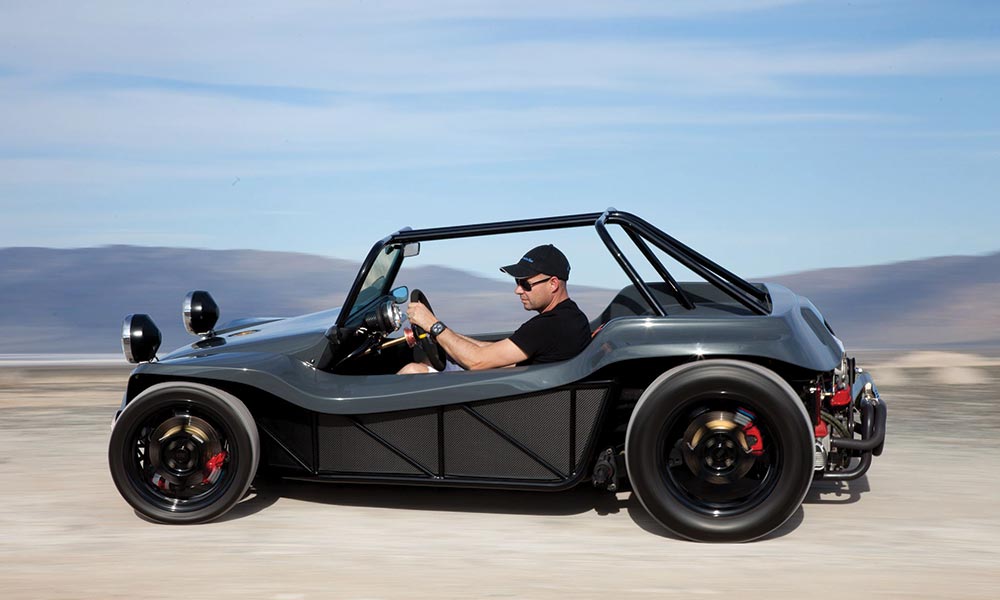
As you’d expect, he owns a Manx buggy. He has a 1970 Manx that he has turned into one very modern recreational vehicle, while retaining the essence of the original buggy. The body is original 1970 Manx, though he’s trimmed the fender lips to suit the styling he was interested in. The look of the vehicle was inspired by modern cars like the Ariel Atom and Lotus Elise, and also by Ducati motorcycles. The fuel cap on the Manx is from a Ducati. The exposed side panels, as well as the floor, were created from carbon fibre.
Under the bonnet, the Manx boasts a 1.8-litre Volkswagen SCAT engine that’s been mated to a standard four-speed VW Type 1 gearbox. Stopping power is provided by Karmann Ghia brakes. The suspension set-up consists of a Volkswagen torsion bar ball-joint front-end and a VW torsion bar independent rear suspension. The buggy has 16-inch rims at the front shod with 205/40 R16 rubber and 17-inch ones at the rear with 245/55 R17 tyres. The inside of a Manx buggy is generally quite austere, but Jenkins improved his Manx by adding 550 Spyder replica seats with leather/alcantara trim and Momo harnesses. The vehicle also has a Momo steering wheel, a spiffy shifter and modern gauges with carbon fibre faces.
Although Jenkins is happy with his creation, he admits that he probably would have created a more extreme vehicle were he to do it all over again. Specifically, he’d want to replace the SCAT motor with a Subaru Boxer one that’s mated to a turbocharger. With that sort of set-up, the vehicle would be able to deliver around 225kW. In a vehicle as small and light as a Manx, that would be quite something…
1970 MEYERS MANX DUNE BUGGY
Body 1970 fibreglass Manx
Engine Air-cooled 1.8-litre VW SCAT engine
Transmission VW Type 1 four-speed manual
Brakes Modified Karmann Ghia
Suspension VW torsion bar and Bilstein racing shocks
Text: GG van Rooyen Photos: Robert Kerian for Super Street Network
